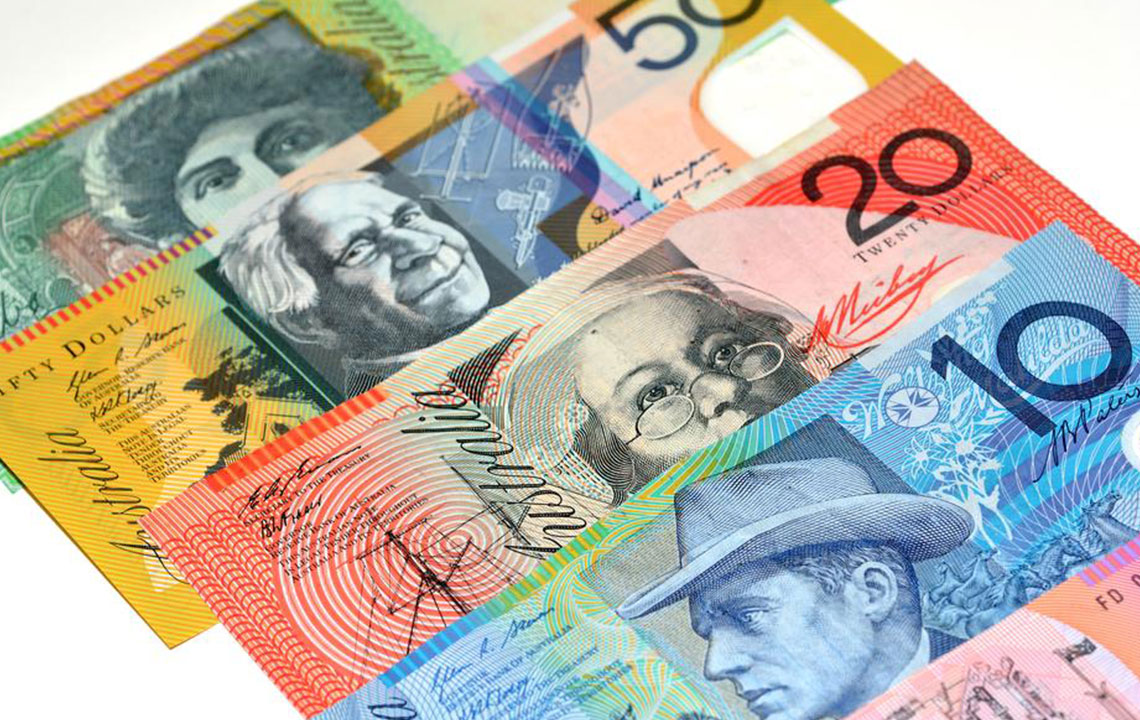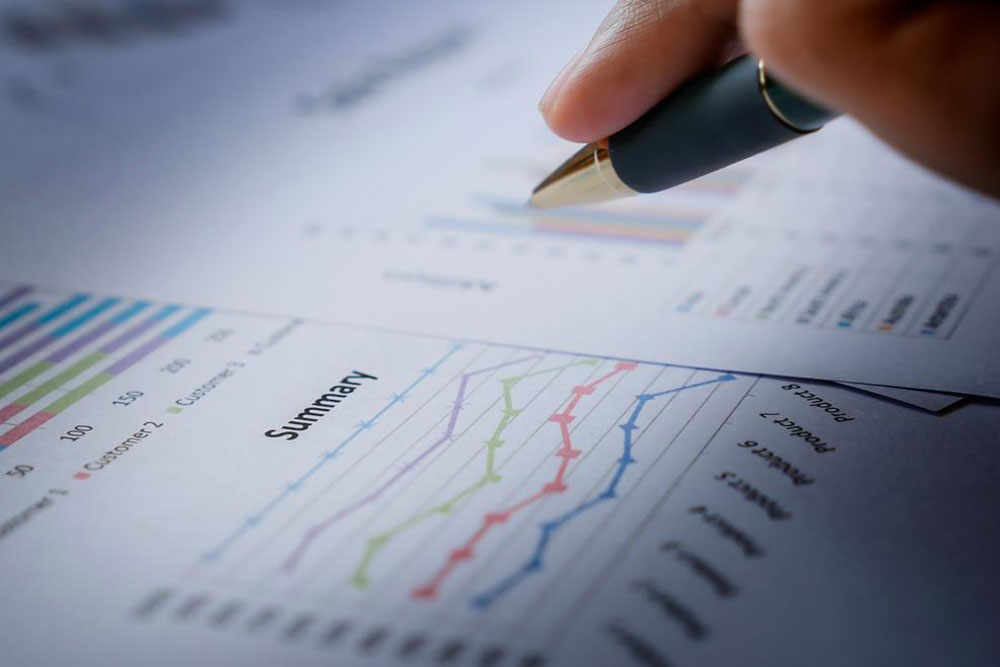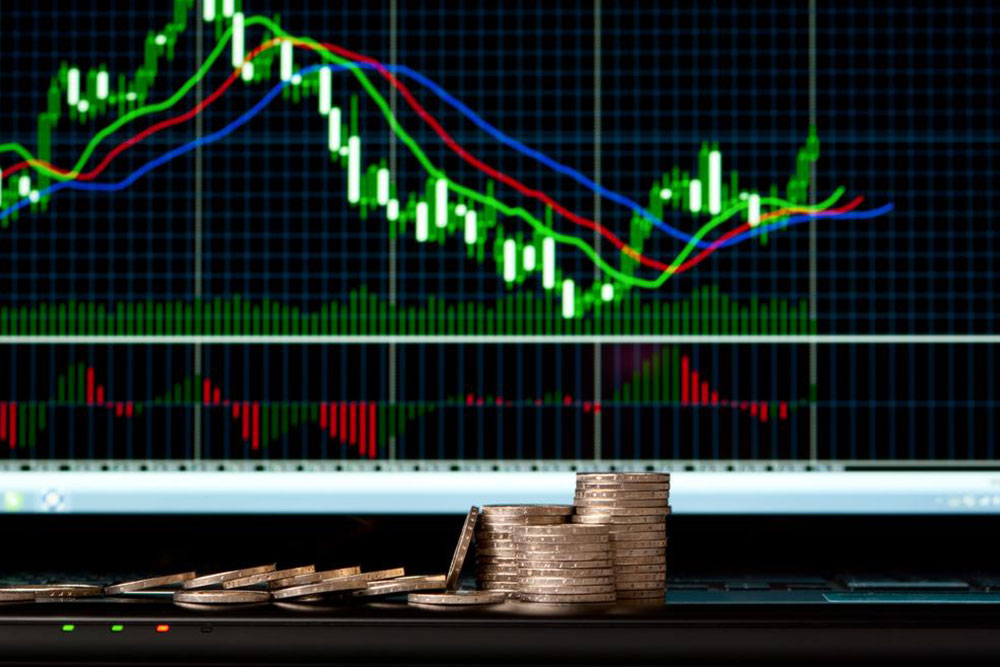Comprehensive Guide to the Forex Trading Market: Strategies, Risks, and Opportunities
This comprehensive guide offers an in-depth exploration of the forex trading market, covering its mechanics, benefits, strategies, risk management techniques, and major currency pairs. Perfect for both beginners and experienced traders, the article explains how to navigate the global currency exchange landscape effectively, emphasizing the importance of timely decision-making, leverage, and market analysis to capitalize on opportunities and manage risks successfully.

Understanding the Forex Market: An In-depth Exploration
The foreign exchange market, widely known as forex or FX, stands out as the largest and most liquid financial market in the world. With daily trading volumes surpassing $6 trillion, the forex market has become an essential platform for global financial activities. Despite its enormous significance, many retail investors and traders often find themselves unfamiliar with its mechanics, rules, and opportunities. This article aims to provide a comprehensive overview of the forex trading landscape, explaining why it appeals to many and how traders can navigate its complexities effectively.
The Significance of Forex Trading: The forex market plays a crucial role in the global economy by facilitating currency exchange, aiding international trade, and allowing investors to hedge against currency risk. Its decentralized structure means that there is no central exchange; instead, trading occurs over-the-counter (OTC) through a network of banks, brokers, and financial institutions worldwide. This setup enables 24-hour trading, starting from the Asian market opening to the close of the US markets, offering continuous opportunities for traders around the globe.
Benefits of Trading Forex: Many investors are attracted to forex trading because of the unique advantages it presents over other asset classes. These benefits include:
Uninterrupted Global Access: The forex market operates 24 hours a day during weekdays, covering major financial centers in Asia, Europe, and North America. This round-the-clock availability permits traders to respond instantly to market-moving news at any time.
High Liquidity: Due to the immense volume of daily transactions, the forex market boasts high liquidity, which enables traders to execute large orders swiftly with minimal price impact.
Leverage Opportunities: Forex brokers typically offer leverage ratios that can amplify both profits and losses. While leverage can boost gains, traders must use it responsibly to manage risk effectively.
Exposure to Worldwide Economic Trends: Trading currencies provides insights into global economic conditions, monetary policies, inflation rates, and geopolitical developments.
Cost-Effective Trading Environment: Many forex trading platforms offer low spreads— the difference between bid and ask prices—and zero commission fees, reducing the overall trading costs for investors.
How Often Do Traders Engage in Forex?: Activity within the forex market varies significantly depending on market conditions and trading strategies. Daily trading frequency can be quite high, with many traders executing multiple trades—sometimes up to ten or more per day. The absence of commissions on most platforms encourages frequent trading, allowing participants to capitalize on short-term movements and market volatility.
Popular Forex Trading Strategies: Successful trading requires understanding various analytical approaches. Traders typically employ:
Technical Analysis: This involves studying chart patterns, trend lines, and mathematical indicators to forecast future price movements.
Fundamental Analysis: Focused on economic data, news releases, interest rates, and geopolitical events that influence currency prices.
Combining Strategies: Many traders blend technical and fundamental analysis to improve their decision-making process and adapt to changing market conditions.
Responding to Unexpected Events: Major fluctuations often occur unexpectedly during economic news releases, geopolitical tensions, or central bank interventions, requiring traders to stay alert and adapt quickly.
Effective Risk Management in Forex Trading: Managing risk is fundamental to long-term success in forex markets. Traders utilize various tools, such as:
Limit Orders: These specify the maximum or minimum prices at which traders are willing to buy or sell, ensuring precise entry and exit points.
Stop-Loss Orders: Used to automatically close positions at predefined levels, limiting potential losses when the market moves against expectations.
Position Sizing: Adjusting trade sizes according to account size and risk tolerance to prevent overexposure.
Monitoring Economic Calendar: Staying updated with upcoming economic releases helps traders anticipate volatile periods and plan accordingly.
Major Currency Pairs: Traders often focus on highly liquid pairs which include:
Major currencies: EUR/USD, USD/JPY, GBP/USD, USD/CHF.
Commodity currencies: AUD/USD, USD/CAD, NZD/USD.
These pairs tend to have narrower spreads and higher daily trading volumes, making them ideal for both beginners and experienced traders.Understanding PIPs in Forex: The smallest price change in forex trading is measured in Pips (Percentage in Points), usually to the fourth decimal place. For example, a movement from 1.1500 to 1.1600 indicates a 100 pip change, which could translate into significant profit or loss depending on the position size and leverage used.
Trading Currency Pairs: Forex trading involves the exchange of one currency in a pair for another, such as EUR/USD. When trading, holding a position in a pair means being long (buying) one currency and short (selling) the other, aiming to profit from the relative price movements. Although physical exchange doesn’t happen in trading, the principles mimic actual currency exchange processes, making understanding currency pair dynamics essential for successful trading.





